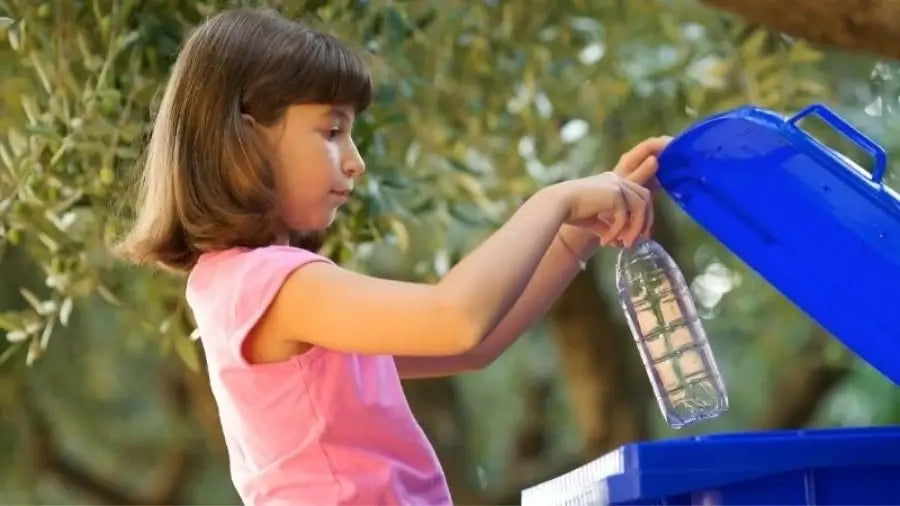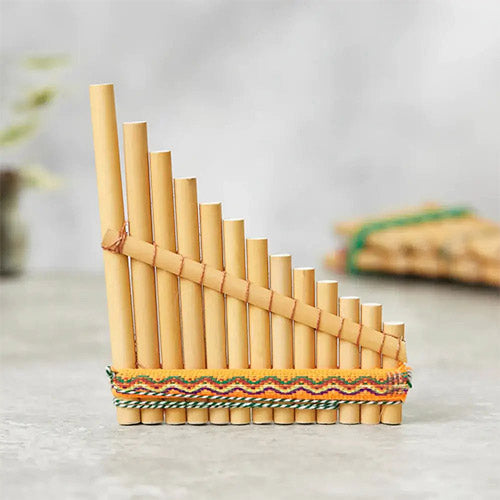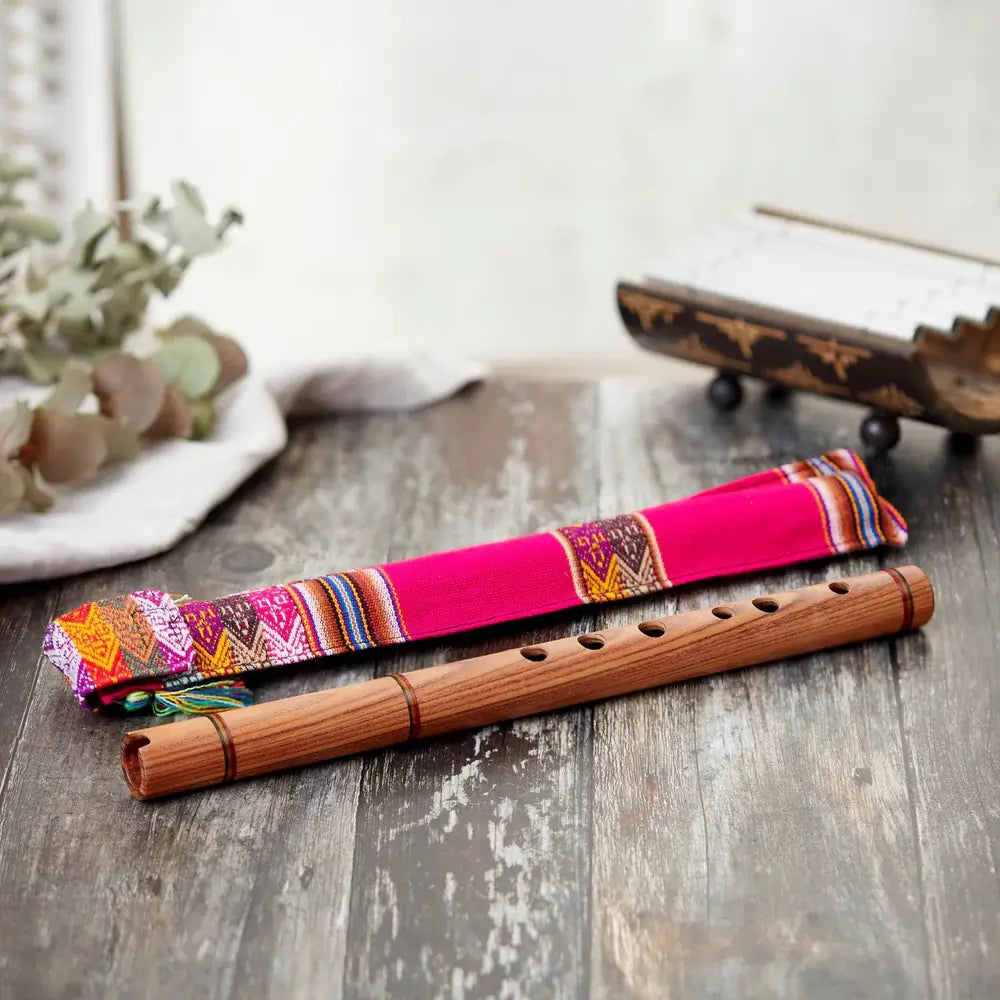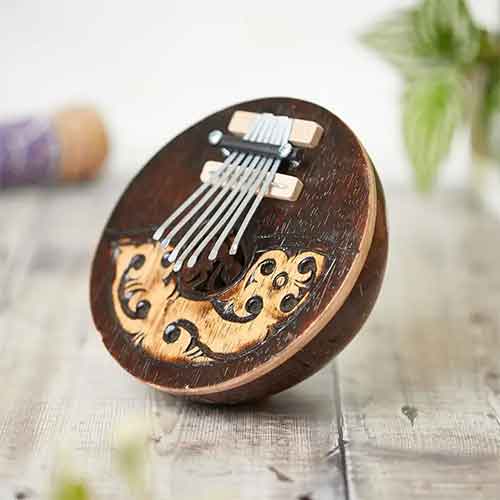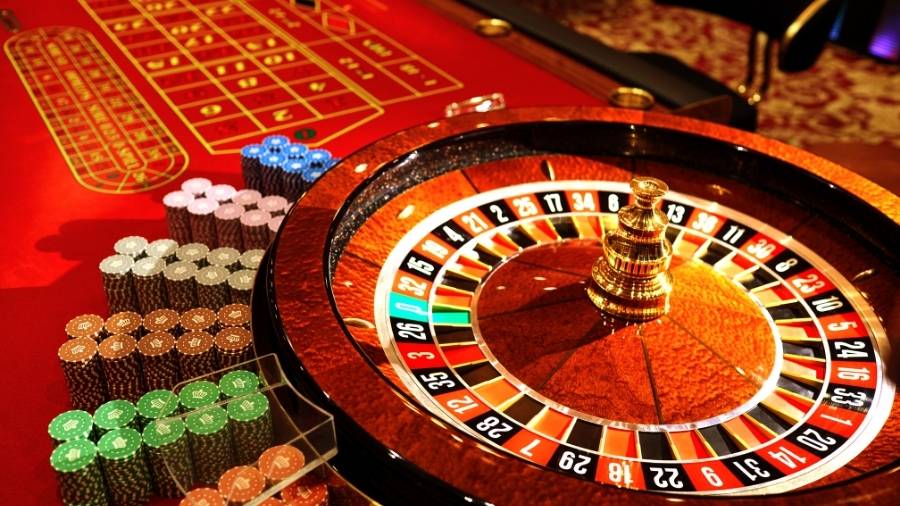It is no secret that plastic is a global problem. It is widely used in almost every product or item that we own. It’s our packaging choice for food and drink containers. We even tend to use plastic in bags to carry items home. In fact, most of our clothing contains plastic and it usually takes a different name such as polyester, polyamide, acrylic, lycra, etc. Although we know that it is not good for us. Mainly due to the chemicals that react with our DNA, and how it takes a long time to break down. This is what is causing problems to our climate, ocean life and our environment overall.
Why do we still use plastic?
Plastic is cheap
If it wasn’t, it likely wouldn't be used. It helps clothing companies to create a cheap product and, allows for a wider profit margin. Real materials such as wool or cotton are always more expensive.
Plastic is convenient
Plastic is one of the easier materials to manipulate, it can be soft within clothing, waterproof, and it can offer extra burning time when used in a candlewick. Being a cheap material and convenient alone is enough to make people use it. If you compare it to ready meals, they share similar characteristics that plastic does. For example purposes, how many people do you know that regularly cook microwave or oven meals? The fact is that ready meals are becoming more popular as people have less time to cook. The majority of people don’t want to spend more money on healthier ingredients.
Most people want cheaper food, despite it being highly processed. Why? Because it is cheap and convenient. Whichever tastes good for the least amount of effort and the least cost. Coming back to my initial point, you should teach your children about the harm that plastic poses on our future, or more importantly their future. They are after all the next generation and the more they know about the impacts of plastic from a young age. The bigger differences they can make.
Teaching kids about plastic
It's likely the sit down at a desk method won't work here. After all, when it comes to history and lectures, most kids will likely switch off and lose focus. They get enough of that from school. The best way to educate would be to show them some real-life examples such as;- Photos of plastic landfill.
- Some videos of the people whose lives have been affected.
- Documentaries teaching them about the impact on sea life.
We all react better to real examples. This is because we can relate to people better than we can relate to a lecture. After you have shown them some real-life examples, you can then start to implement the negative attitude towards plastic. They will likely copy you in regards to this.
Don’t rely on just that though, have them lead by example. Buy loose fruit and vegetables when possible, use a backpack or a compostable bag for shopping instead of contributing to more plastic. Be your child's role model, and as the famous saying goes 'monkey see, monkey do. It’s no doubt that as we are all becoming more aware of the current problem. A lot more people are making huge changes, by switching to better alternatives. Many companies are now making their businesses more eco-friendly.
Our company Carved Culture is solely focussed on being good for the environment, this is done by using sustainable materials to create gift products. Items are fair trade and support artisans from all over the world by paying them a fair wage. It is your duty to educate your children, they will speak about the harms contributed to by plastic in conversation. They will lead by example and improve our living conditions even further. Your child is in charge of the future of our planet, so start teaching them today.
Up next: How is clothing made from bamboo?

